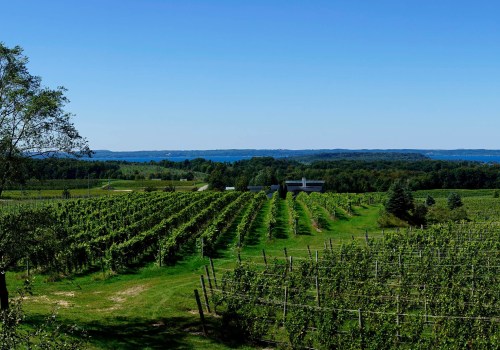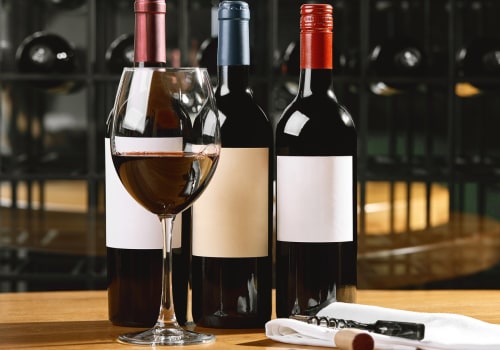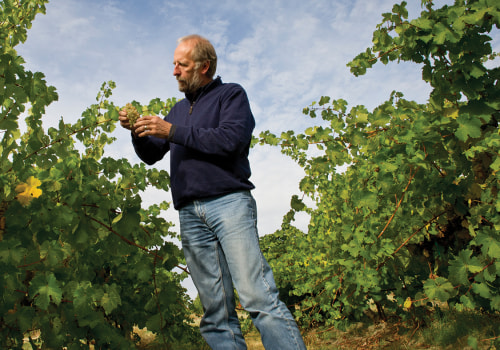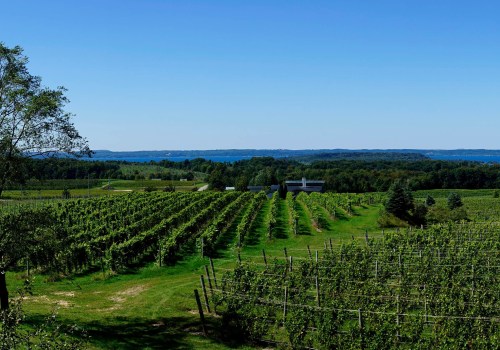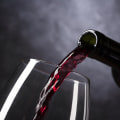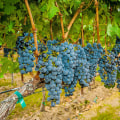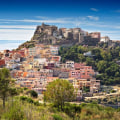Residual sugar (or RS) is the natural sugar that remains in a wine after the alcoholic fermentation process is complete. It is measured in grams per liter and can help to balance out a strong, acidic wine, making it milder and more flavorful. In some cases, winemakers may need to add sweetness to a wine because the grapes are too sour. This can be done by adding sweeteners such as preserved grape juice before bottling. At a certain level, residual sugar can make a big difference in the taste of a wine.
For example, high-quality German wines often have a higher level of residual sugar than other wines. This helps to balance out the acidity, tannins, and alcohol, making them more enjoyable to drink. In contrast, wines from Etna had a rather bleak existence until recently; however, they now have great potential and are produced in small quantities. In general, up to two teaspoons of sugar can be found in a 750 ml bottle of wine. This amount of residual sugar can make a dry or even sweet wine without adding any additional sugar.
However, some everyday wines are made by adding sweeteners to dry wines before bottling them. One example of a wine with residual sugar is the Mazzei family's historic vineyard. This distinctive wine stands out for its bright aromas of cherries and berries, as well as for the subtle aromas of spices, tar and smoke. It has a relatively lean texture but also shows significant tannic structure and potency. The wine has a particularly botanical character due to its sandy soils and white rocks. It is generous and has a medium-bodied texture with lots of apricot, Golden Delicious apple, and quinces.
Even today, many of the winemakers are known as experts since their wines are produced in small quantities. When it comes to Northwestern Louisiana wines, it's important to understand how much residual sugar they contain. The amount of residual sugar in these wines can vary greatly depending on the type of grape used and the winemaking process employed. For instance, some winemakers may choose to add additional sweeteners before bottling their wines while others may opt for a dryer style with less residual sugar. In general, Northwestern Louisiana wines tend to have lower levels of residual sugar than other types of wines. This is because the grapes used in these wines are typically less sweet than those used in other regions.
As such, these wines tend to be more acidic and tannic than other types of wines. The amount of residual sugar in Northwestern Louisiana wines can also vary depending on the vintage. For instance, some vintages may have higher levels of residual sugar than others due to weather conditions or other factors. As such, it's important for consumers to pay attention to the vintage when selecting these wines. Overall, Northwestern Louisiana wines tend to have lower levels of residual sugar than other types of wines. This makes them ideal for those who prefer dryer styles or who want to avoid overly sweet flavors.
However, it's important for consumers to pay attention to the vintage when selecting these wines as some vintages may have higher levels of residual sugar than others.
